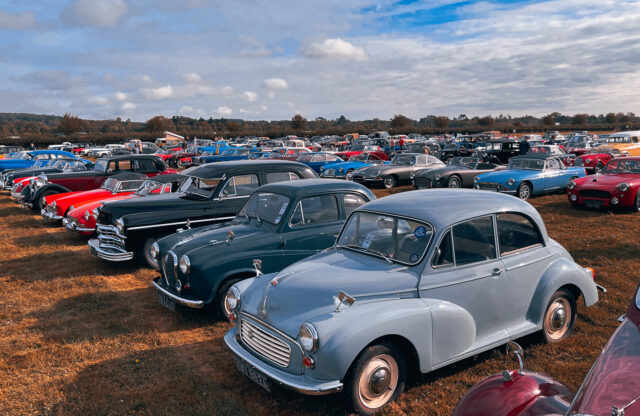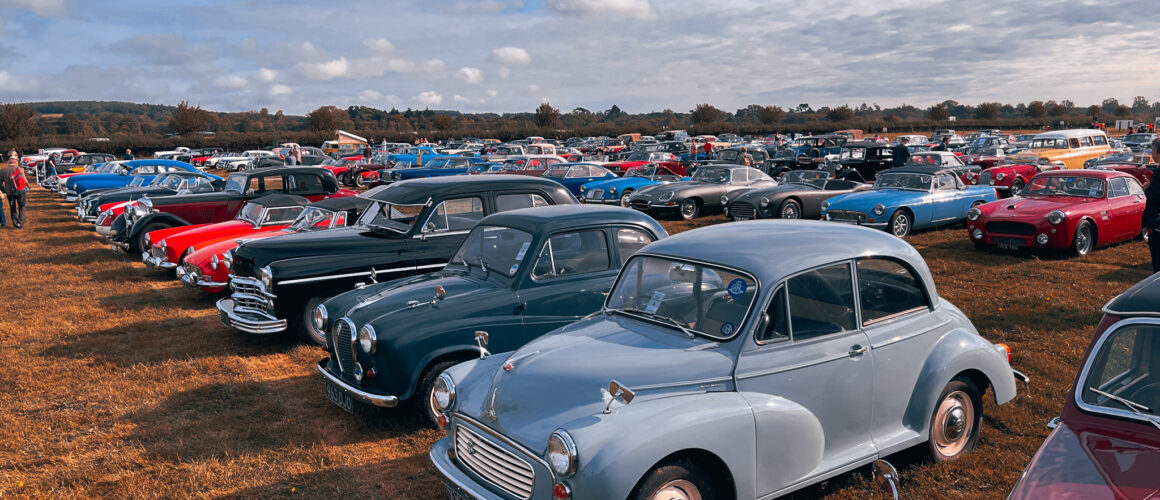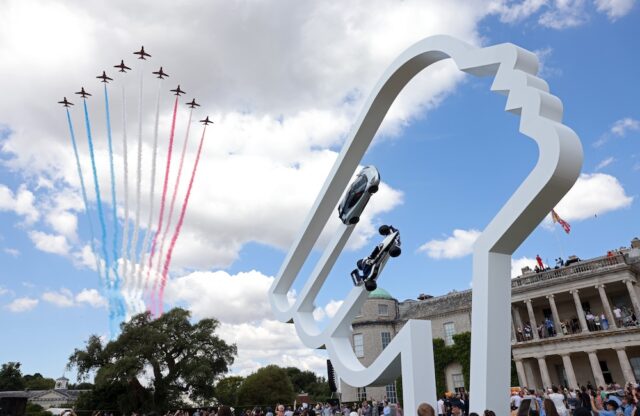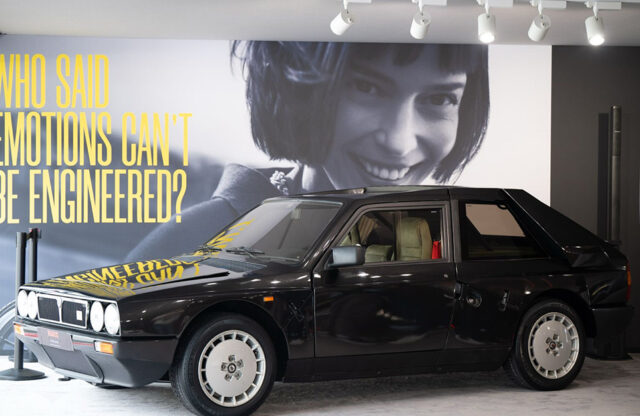The UK’s Historic & Classic Vehicles Alliance (HCVA) has urged enthusiasts, restorers, competitors and all those involved in the classic car world to contribute to the UK Government’s Driver and Vehicle Licensing Agency (DVLA) survey on the registration of historic vehicles, in a bid to streamline what it views as an outdated and bloated system. The consultation is drawing to a close on June 30, 2024 for postal votes, and July 4 for online submissions.
Currently, the registration scheme is, in the eyes of the HCVA, also unfairly penalising restorers and owners under the guise of ‘modification’, for simple welding and drilling jobs that would, in theory, require the car to be issued with a new registration plate. “At present, the DVLA is requesting our help and feedback in recognition that there is a problem affecting owners of historic vehicles in the UK,” the HCVA says.
“They are currently referring to a policy written about 40 years ago and interpreting it (as confirmed within the Call for Evidence Guidance) to such a literal sense that drilling a hole in a floor, for safety reasons, to then fit seatbelts or a roll cage, will result in an authentic original vehicle identity being made void and a Q-plate, DVLA-generated VIN and the need for an IVA test to be applied.”
To aid the DVLA in correcting this problem is the Call for Evidence – the survey – which has come about after three years of lobbying by the HCVA and other organisations. In 2019, the DVLA defended itself in the Court of Appeal (Seddon vs DVLA, 2019), stating that it did not have the expertise on individual vehicle details that exists among specific restoration specialists and historical experts.

However, the HCVA believes that the survey itself is far too complex, much like the UK’s registration scheme in general. In a statement, it says: “Almost all of the questions invite the respondent to accept the status quo of current DVLA classifications. This is not helpful – we must convince the DVLA to abandon most of the categories their document refers to, and replace them with a new, streamlined approach that will both reduce their workload and improve treatment for historic vehicle owners. Note also that the DVLA exists to curate vehicle records – not safety. The Driver and Vehicle Standards Agency (DVSA) has sole responsibility for roadworthiness standards, and we strongly disagree with the DVLA assuming any responsibility for these.”
According to the HCVA, the DVLA views restoration, rebuilding and reconstruction of historic vehicles as a “detrimental step that is likely to trigger removal of the original registration number and issue of a DVLA VIN and Q-plate. This approach is completely misguided and extremely detrimental to the historic vehicle industry and the entire movement, as well as to the value of the registration system to authorities and as a historical record.”

The DVLA document requests definitions and approval for these categories: Historic and Classic Vehicles, Reconstructed Classic Vehicles, Rebuilt Vehicles, Restored Vehicles, Kit-built and Kit Converted Vehicles, Radically Altered Vehicles and Vehicles converted to electric propulsion. However, the HCVA proposes this be simplified to Historic Vehicles, Built-Up Classic Vehicles and Kit-built & Kit Converted Vehicles; it also proposes the introduction of a new category – Continuation Vehicles – to reflect continued-production historic-type vehicles built by the original manufacturer.
The HCVA has prepared a document on its guidance on its response to the survey questions, which you can see here. Fundamentally, it believes that a classic vehicle “is one where enthusiasm for it is such that owners gather in groups or clubs to help each other restore, preserve and enjoy it, or specialist businesses form to support its continued use. It is not an attribute simply of vehicle age”, while a historic vehicle is “preserved for future generations to enjoy as part of our industrial and cultural heritage. DVLA uses a rolling cut-off of 40 years old for historic VED classification and MoT Exempt status. This is useful, but it is worth noting that most other countries follow the FIVA recommendation of 30 years old for historic status.”
It believes the definition of a classic vehicle is not significantly different from historic, but there is no fixed age cut-off.

On the subject of ‘reconstructed vehicles’, the HCVA believes this should be renamed Built-Up Classic Vehicles to avoid confusion, with the potential for subcategories for vehicles built up from recently manufactured parts and those reconstructed. It also believes that the Built-Up Classic Vehicles section should not apply to restored, rebuilt or reconstructed vehicles with an existing identity, and that they should retain their original identities.
“If the proposed Built-Up Classic Vehicles category was considered and adopted, there could be some further simple categories, as successfully operated by the VSCC for many years, which differentiate between the number of original parts retained in such a vehicle,” the HCVA says. “Some parts that might be incorporated could be more recently manufactured, which should not alone be a penalty if they are to a period-correct specification. This subject requires further investigation by an independent stakeholder panel drawn from members of the Historical Vehicle User Group (HVUG), working alongside DVLA and DVSA as appropriate.”

On the subject of restored and rebuilt cars, the HCVA believes that the DVLA does not need a ‘rebuilt vehicles’ category, and that “vehicle’s identity is not brought into question by rebuilding or altering it, or indeed drilling, cutting or welding (so repairing) a chassis or monocoque bodyshell, as the DVLA is currently suggesting. The degree of renovation required depends on the degree of degradation the original vehicle has suffered: this is part of the vehicle’s continuing history, and the DVLA should not remove an original registration or VIN (chassis number) from a vehicle due to it being rebuilt.”
It says that modifications to the chassis/frame/monocoque are not relevant to vehicle registration, only to vehicle safety, which is policed by the DVSA not the DVLA. “The DVLA has no responsibility for informing consumers if a vehicle has had major rebuild or restoration work. Restoration represents positive enhancement to the vehicle, and is celebrated and usually advertised, not hidden, by vendors.”

On the subject of Kit-Built and Kit Converted Vehicles, it believes the DVLA’s current guidance is still relevant. However, it believes the term ‘Radically Altered Vehicles’ should only applies to vehicles so drastically different to the original specification that the original ‘historic vehicle’ has ceased to be. The HCVA provides an example of a “a vehicle authentically converted from a closed to an open vehicle to the same pattern as originally offered by a manufacturer should not be considered as being ‘radically modified’, as currently is being suggested, although the fact that the vehicle was built new to a different body configuration could be recorded in the notes section of the V5C.
“The subject is complex, and the point at which that line is crossed should be decided by a cross-functional stakeholder group of industry and associated experts. The current points system is potentially confusing and open to different interpretation, hence the need for further consultation and a thorough review with the agencies and the stakeholders working together.”
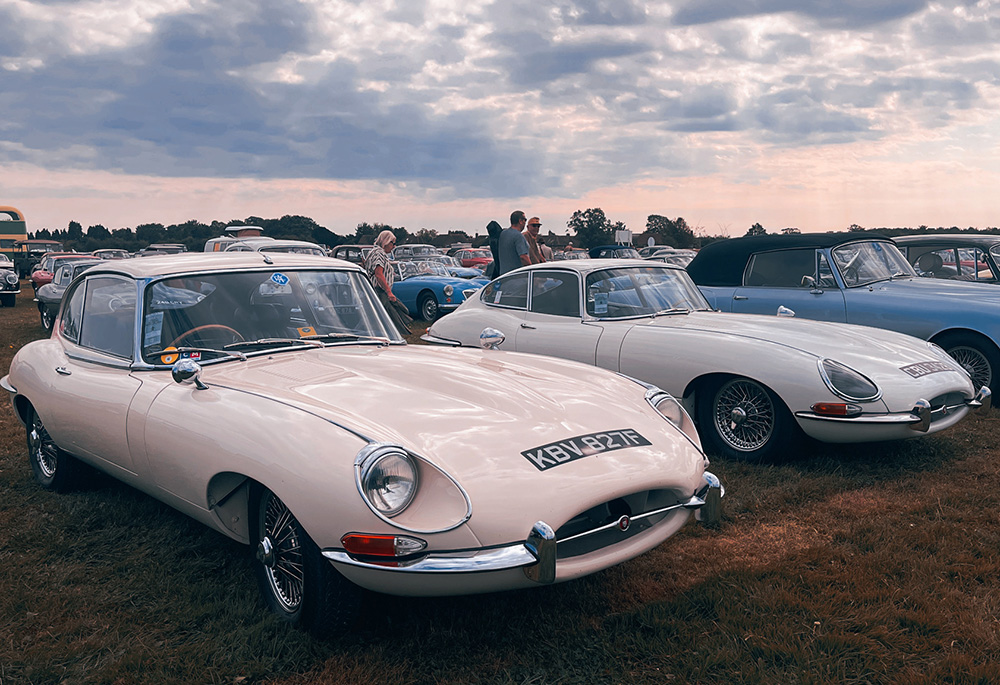
On the subject of Vehicle Identification Numbers, the HCVA believes a DVLA-generated VIN should be allocated to Built-up vehicles without a valid claim to a supporting identity and not using a prerequisite number of period-original parts. “In the past, there was an option of a bespoke chassis-numbering system, offered to a small number of clubs in relation to built-up vintage vehicles,” the HCVA says. “The law requiring a stamped-in 17-digit unique VIN only applies to vehicles constructed since 1981. Previously it was not unusual for different manufacturers to use similar or even the same chassis/frame numbers as each other, and this has not previously been a problem for DVLA records.”
The HCVA also notes that pre-1981 vehicles did not have a unique VIN and their identification number was not always stamped on a solid part of the vehicle. “Continuous history kept with the vehicle and by Industry, manufacturers, archives and owners’ clubs is often adequate to confirm identity in these cases,” the HCVA says. “Where doubt remains, an independent stakeholder panel consisting of industry and marque experts drawn from the HVUG along with DVLA colleagues should be convened to arbitrate. An original registration number should not be removed unless another vehicle has a more valid claim to it.”
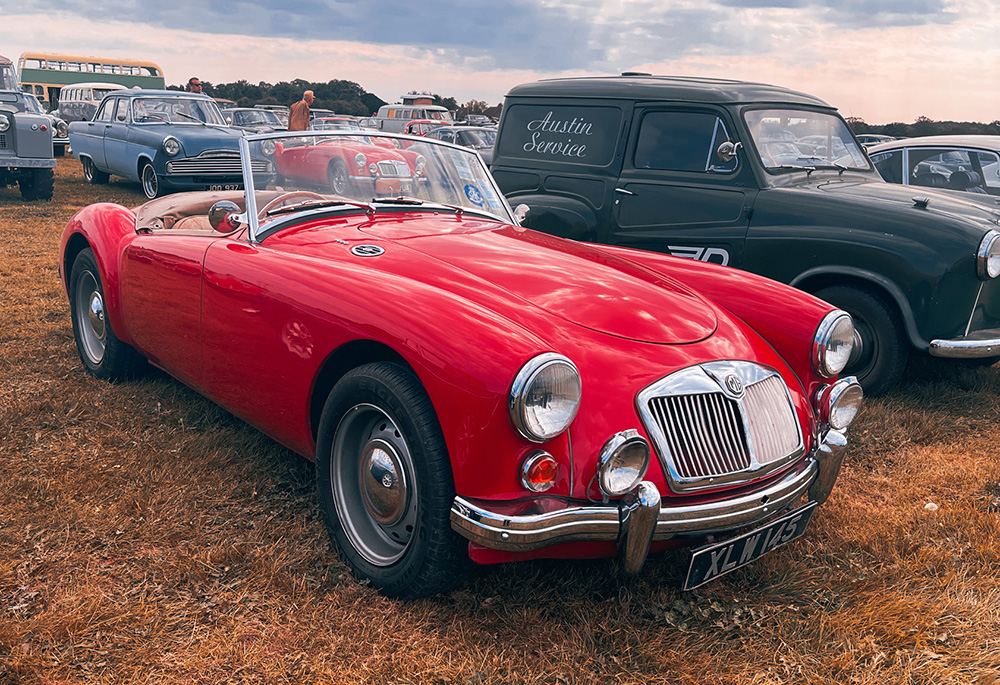
Fundamentally, the HCVA has said it believes that the DVLA’s priority should be to keep vehicles registered, not change or withdraw registrations at will. It also believes that when assessing a claim to an original but lapsed registration, the DVLA should not insist on the provision of a historic logbook or old MoT certificate. With regards to imported classics, the HCVA also states that the “DVLA should accept vehicle manufacturer records when issuing an age-related registration number” and “be sensitive to the different use of terminology by foreign registration authorities”.
Furthermore, the HCVA is also calling for the reintroduction of the scheme, whereby owners could obtain past registration records for historic vehicles.
To view the HCVA’s full guidance to the consultation, head here. To take part in the survey online, head here.
